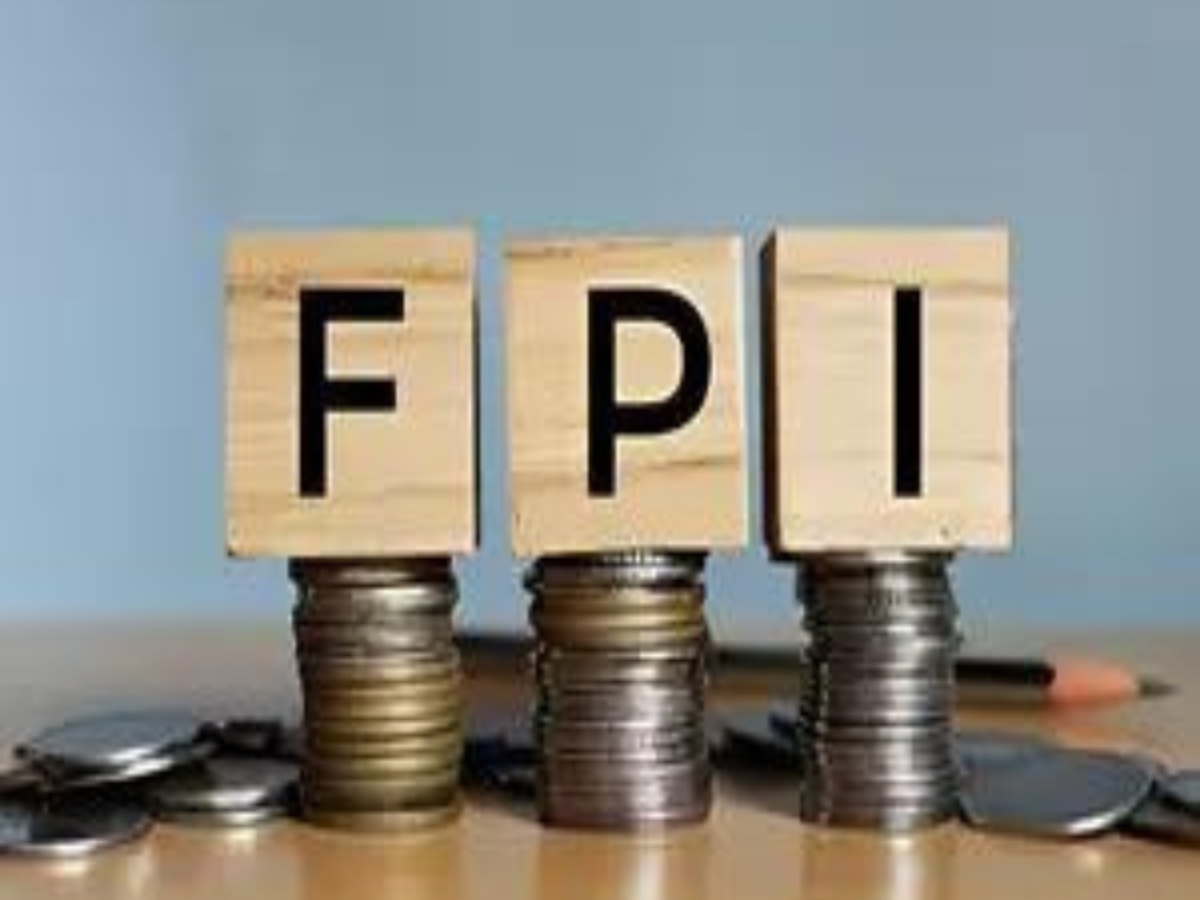Despite recent market sell-offs, the Indian stock market continues to attract foreign portfolio investors (FPIs) due to strong economic fundamentals, favorable policy support, and the allure of long-term growth potential. While short-term volatility has spurred concerns, India’s resilience in sustaining its GDP growth trajectory, coupled with initiatives like the Production Linked Incentive (PLI) scheme and infrastructure push, remains a strong pull factor for foreign investors.

Source:- bbc news
The sell-off, largely triggered by global economic uncertainties and a cautious stance by central banks, particularly the U.S. Federal Reserve, has not dampened FPI enthusiasm in India. As a result, several new funds and institutional investors are setting up to enter the Indian market, banking on the economy’s potential to outpace other emerging markets in the coming decade. The sectors drawing heightened interest include technology, renewable energy, and manufacturing, which align with both India’s domestic priorities and global investment trends.
Source:- news 18
Moreover, the Reserve Bank of India’s (RBI) prudent policies have helped manage inflation and currency volatility better than some other emerging economies, further building investor confidence. The anticipated entry of new FPIs is also attributed to India’s inclusion in global bond indices, making the market more accessible to foreign investors, which can enhance capital flows in the medium term.
The impact of such entries is expected to be multifold. First, it could provide stability to the markets by increasing liquidity, potentially offsetting the adverse effects of short-term sell-offs. Second, increased FPI participation can drive sectoral development, stimulate competition, and elevate governance standards across Indian companies. Despite the inherent risks, the sustained interest from FPIs underscores a robust endorsement of India’s long-term economic outlook, suggesting that the recent sell-off is more a pause than a reversal in investor sentiment.
Share your views in the comments

